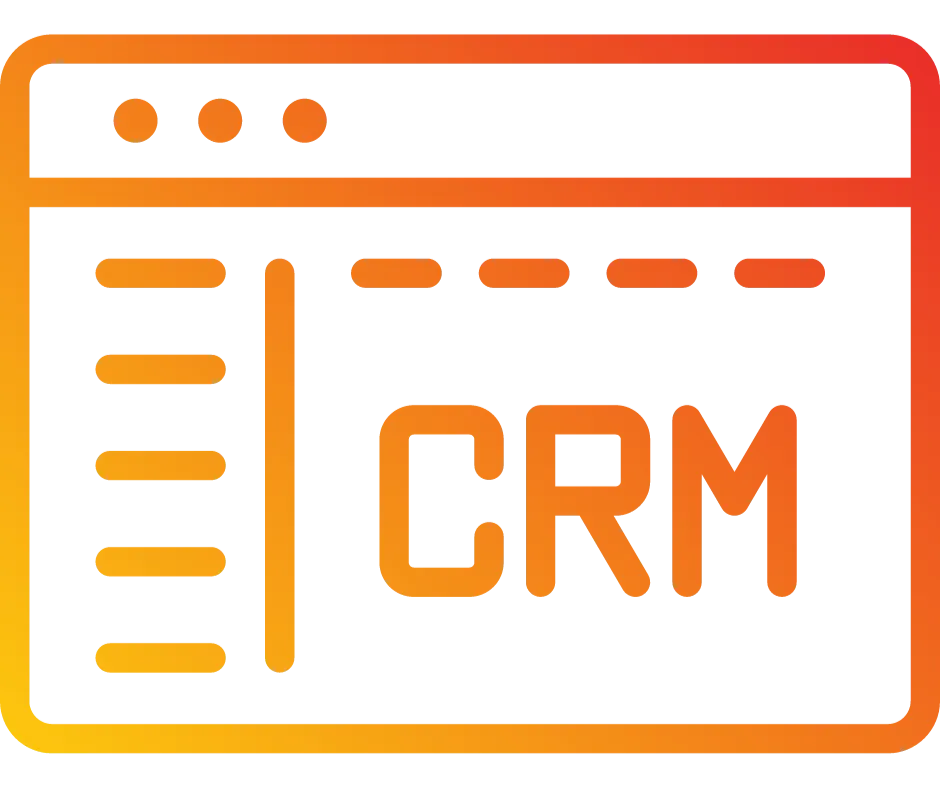
How to Create and Edit Pipelines
Pipelines are essential for tracking opportunities, managing customer journeys, and organizing sales processes. This article will guide you through creating and editing pipelines to streamline your business operations effectively.
Pipelines allow businesses to manage and visualize the different stages of their sales process, ensuring each lead is nurtured appropriately. By setting up and customizing pipelines, you can automate workflows, improve efficiency, and enhance your customer journey.
How to Create a Pipeline
Step 1: Navigate to Pipelines
Go to Settings: Access your account settings from the main menu.
Select Pipelines: Navigate to the "Pipelines" section.
Step 2: Create a New Pipeline
Click "Create Pipeline": Start the creation process by clicking the "Create Pipeline" button.
Name Your Pipeline: Enter a descriptive name for your pipeline (e.g., "Main Sales Pipeline").
Add Stages: Define the stages of your pipeline by clicking "Add Stage" and providing a name for each stage (e.g., "New Lead", "Contacted", "Qualified").You can delete a stage by simply clicking on the delete icon next to a stage.
Reorder Stages: Drag and drop stages to reorder them as needed.
Hide or show in funnel and pie charts: Click on the icons next to each stage to either hide or show them in funnels and pie charts.
Save the Pipeline: Once all stages are added, click "Save" to create your pipeline.
How to Edit a Pipeline
Step 1: Select the Pipeline to Edit
Go to Pipelines: Navigate to the "Pipelines" section.
Choose Pipeline: Select the pipeline you want to edit from the list.
Step 2: Edit Stages
Click "Edit": Click the "Edit" button next to the pipeline name.
Modify Stages: Add, remove, or rename stages as required. You can also reorder stages by dragging them.
Save Changes: Click "Save" to apply your changes.
Step 3: Customize Stage Actions
Set Triggers and Actions: For each stage, define what happens when an opportunity enters or exits that stage. This can include sending emails, updating records, or moving the opportunity to a different stage.
Automate Workflows: Use automation tools to trigger actions based on stage changes, reducing manual intervention and ensuring consistency.
Preventing Duplicate Pipeline and Stage Names
To improve data accuracy and streamline processes, BILT platform prevents the creation or addition of pipelines or stages with identical names.
No Duplicate Names: Users cannot create or add pipelines or stages with the same name.
Existing Pipelines and Stages: Current pipelines and stages are unaffected by this change.
Renaming Entries: Renaming an existing pipeline or stage to a name that already exists will result in an error message.
Example Use Cases
Creating a New Sales Pipeline: If you have a sales pipeline named "Sales Q1" and attempt to create another pipeline with the same name, the system will prompt an error, ensuring each pipeline has a distinct name for better data organization.
Renaming an Existing Stage: If you try to rename an existing stage "Prospect" to "Lead," and a stage named "Lead" already exists, you will be prompted to select a different name to avoid duplicates.
Key Features and Benefits
Customizable Stages: Tailor pipeline stages to match your specific sales process and customer journey.
Automated Workflows: Trigger actions automatically based on pipeline stage changes, reducing manual tasks.
Enhanced Visualization: Easily track and manage opportunities through visual representations of each stage.
Scalable Management: Handle multiple pipelines for different products, services, or customer segments.
Pro Tips
Use Descriptive Stage Names: Clearly label each stage to avoid confusion and ensure team members understand the process.
Regularly Review Pipelines: Periodically review and update your pipelines to reflect changes in your sales process or customer journey.
Leverage Automation: Utilize automation to handle repetitive tasks, freeing up time for your team to focus on high-value activities.
FAQ
Q: Can I have multiple pipelines for different products? A: Yes, you can create separate pipelines for different products, services, or customer segments to manage them effectively.
Q: How do I handle duplicate opportunities? A: You can configure your pipeline settings to allow or prevent duplicate opportunities, depending on your business needs.
Q: What happens when I change a pipeline stage? A: Changing a pipeline stage can trigger specific actions such as sending emails, updating records, or moving the opportunity to another stage, depending on how you configure your automation.